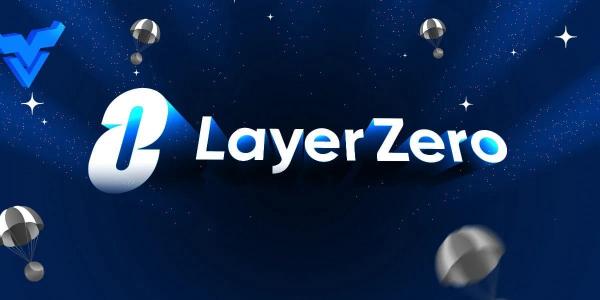
LayerZero (ZRO) token was officially launched in June 2024, but it has faced huge volatility and controversy since its debut. This article will explore the market performance of ZRO token, its donation mechanism, and the community reaction it has triggered in detail.
Initial performance: from soaring to sharp decline
After launching on June 20, the ZRO token soared 15.15% in just 20 minutes to $4.71. However, shortly thereafter, the token fell sharply by 22%, falling below $3.50. This situation is not uncommon in many token airdrops, as users usually sell their newly acquired tokens quickly. According to CoinMarketCap data, ZRO is currently trading at $3.35, down 17% in 24 hours.
Controversial donation mechanism
LayerZero introduced a unique donation claim mechanism, where users must donate $0.10 in USDC, USDT, or native ETH for each ZRO token. The proceeds will go to the Protocol Guild, a collective that funds Ethereum developers. The mechanism has been widely criticized by the crypto community, with many arguing that it is akin to a "tax" and changes the fundamental nature of the airdrop.
Community backlash
Many users expressed their displeasure on social media, arguing that the donation requirement turned the airdrop into something akin to an initial coin offering (ICO). Comments such as "Is this a joke?" and "You pay for it" flooded LayerZero's announcement post.
LayerZero's stance
LayerZero has repeatedly insisted that the launch of ZRO is not an airdrop. The company argues that traditional airdrops no longer meet the intended purpose of fair distribution, community building, and protocol health. LayerZero co-founder Bryan Pellegrino stressed that donations are voluntary and are intended to support the ecosystem. "There is no forced donation, and if you don't want to donate... don't claim it. It's not something you own, it's something that someone else offers," he explained.
Market performance and future outlook
Despite the backlash, some community members support LayerZero's approach. Adam Cochran noted in a June 20 post that the donation mechanism is an innovative way to set a base cost value for tokens and deter Sybil attacks. Irys developer Connor King also praised the token claim page for its clean, user-friendly interface, likening it to Spotify Wrapped.
The controversy mirrors recent challenges faced by other token airdrops, including zkSync’s June 17 launch, where several Sybil wallets bypassed detection systems. The turbulent launch of the ZRO token highlights the ongoing tension between innovative token distribution methods and community acceptance in the crypto space. While LayerZero defends its approach, the broader implications of future airdrops and token launches continue to unfold.
Conclusion: The launch of the ZRO token not only demonstrates the rapid volatility of the cryptocurrency market, but also reveals the complex relationship between innovative distribution methods and user acceptance. It remains to be seen whether LayerZero’s donation mechanism will become a new standard over time. Regardless, the incident provides valuable experience and lessons for future token launches.